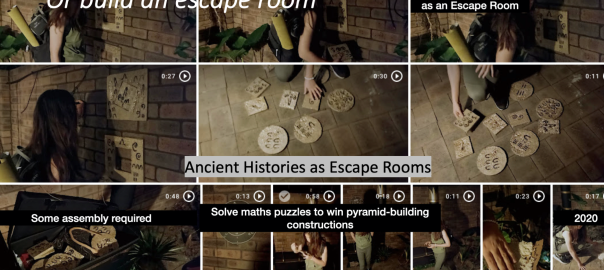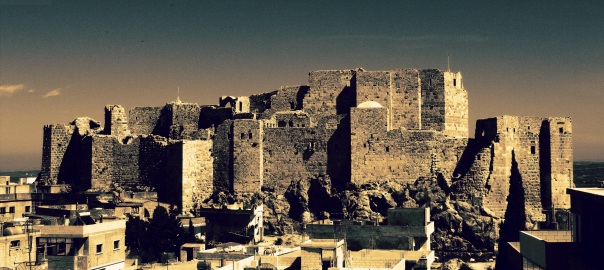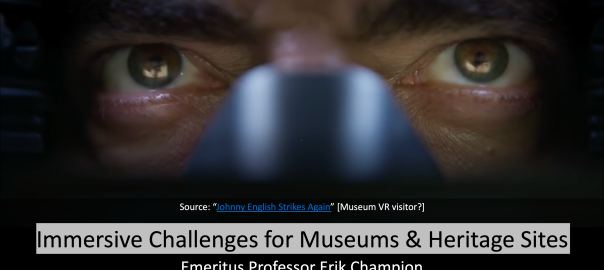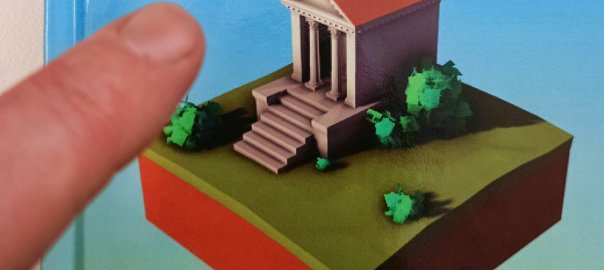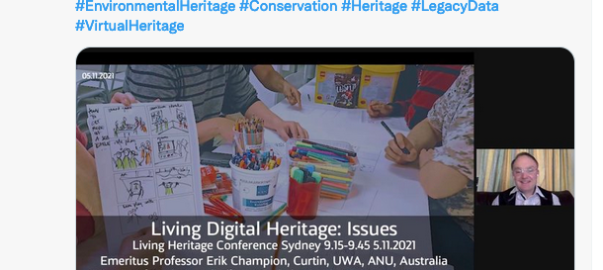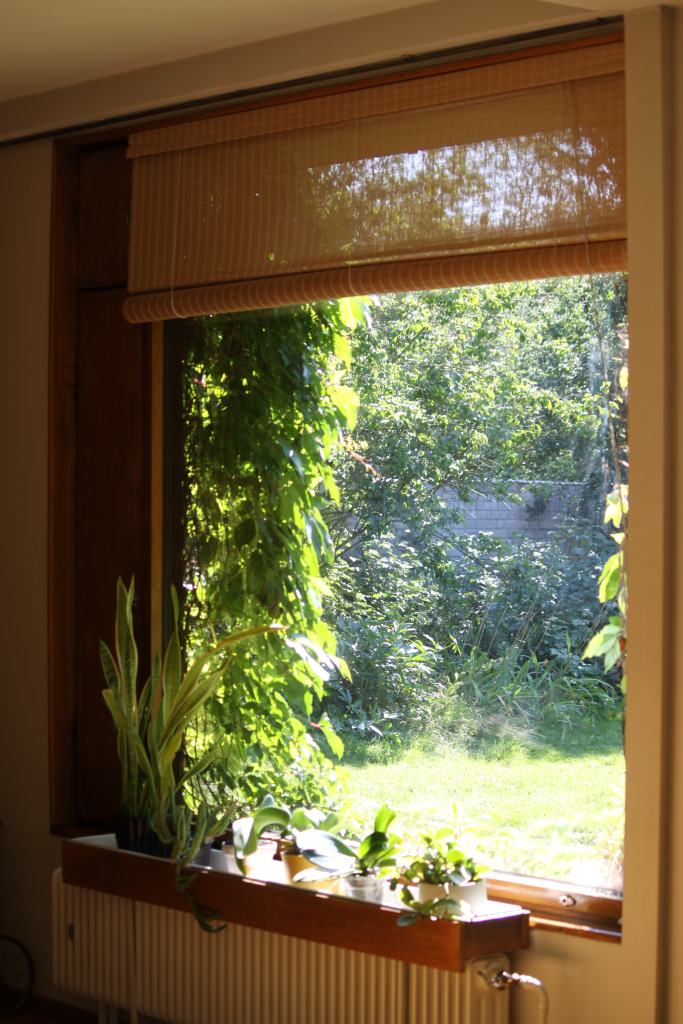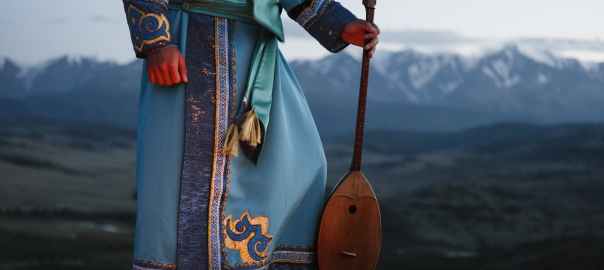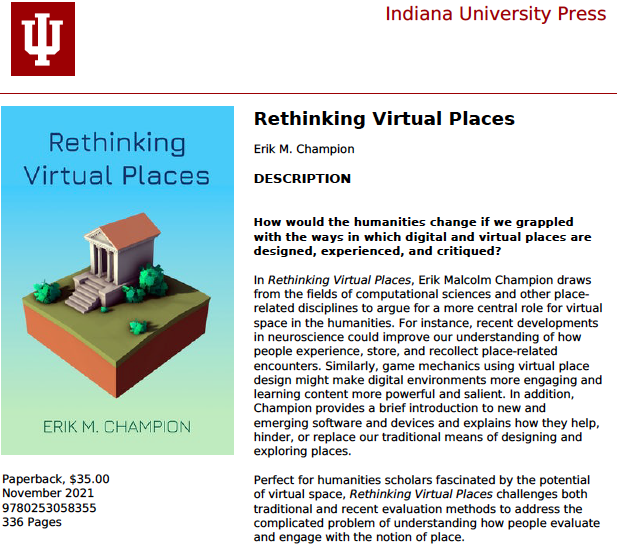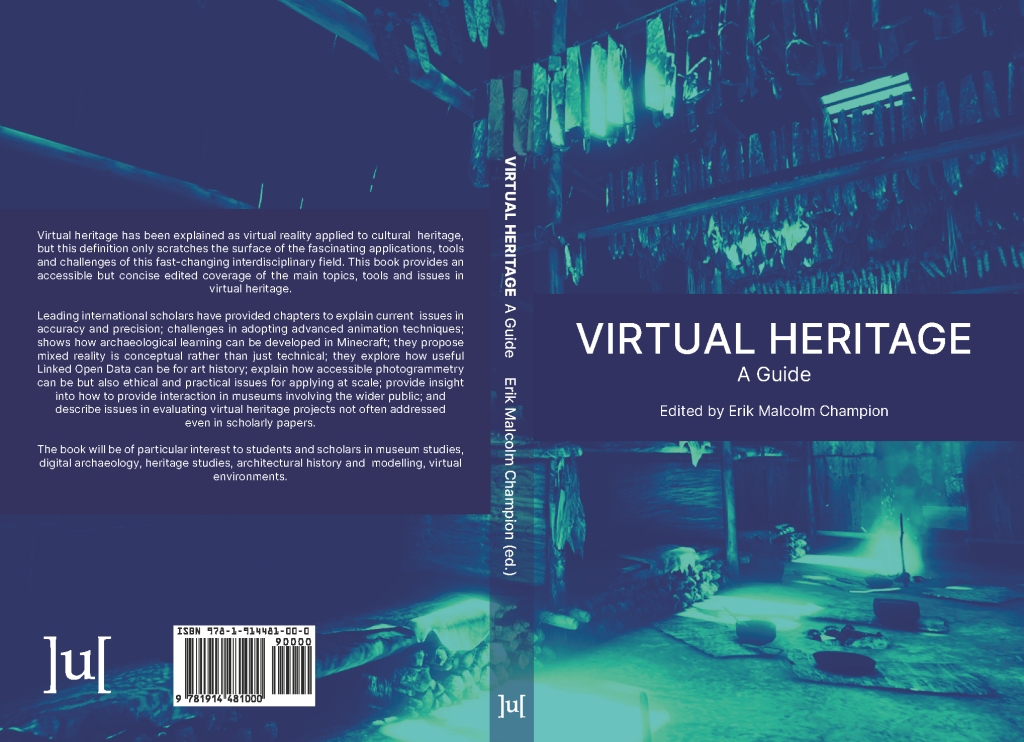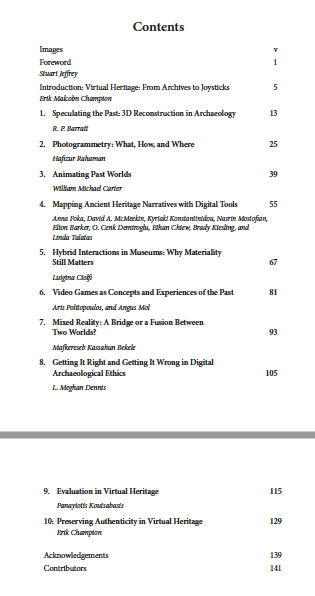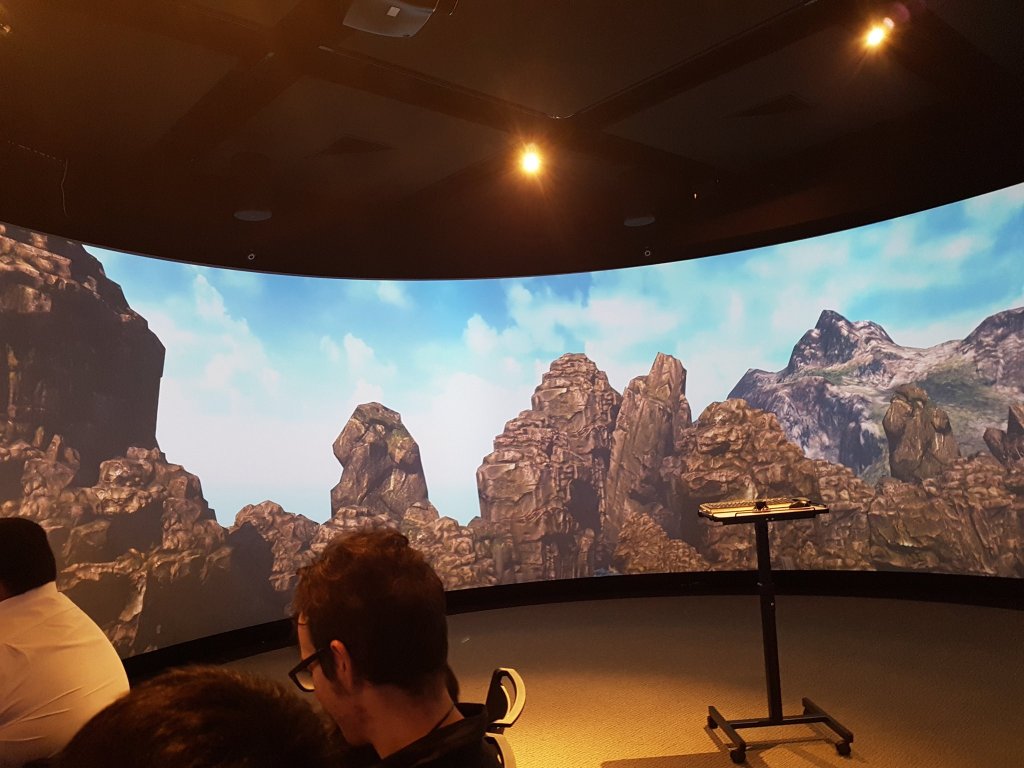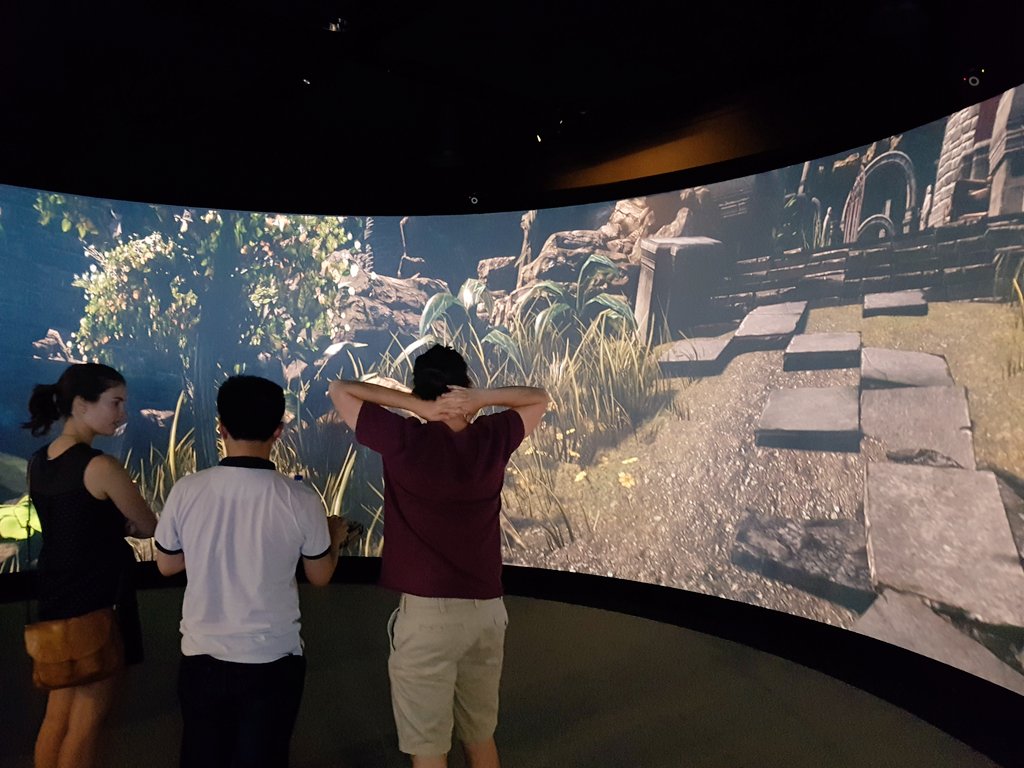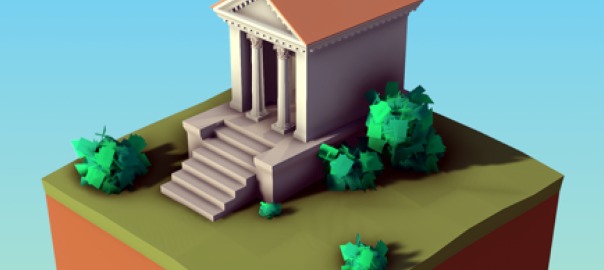Macquarie University in Sydney, NSW, Australia, plan to hold the above conference 5-7 November 2021 in Sydney Australia (and remotely). I imagine the CFP will be out soon, website is at:
https://www.mq.edu.au/research/research-centres-groups-and-facilities/resilient-societies/centres/cache/news-and-events4/living-digital-heritage-conference-october-2020

The Macquarie University Simulation Hub
“Integrating the Past into the Present and Future”
Modern, innovative data collection and digital visualisation capabilities are able to capture ancient artefacts and structures, contexts, and traditions faster and in greater detail than ever before. Their sophistication and multi-dimensionality promise engagement with the past at many levels offering opportunities for deeper analyses and experiences to increasingly broader audiences.
This conference will be organised and hosted by the Centre for Ancient Cultural Heritage and Environment (CACHE). CACHE is a multi-disciplinary research centre focused on research on cross-cultural interaction in ancient cultures from Western Europe to China. Concentrating not only on the history of the societies concerned, but on the languages used, with a special focus on the close study of physical artefacts from antiquity. CACHE engenders transdisciplinary research into ancient knowledge by gathering leading MQ researchers across several disciplines (archaeological science, ancient history and literature, bioarchaeology, biology, environmental sciences) and departments (Human Sciences, International Studies, Biological Sciences, Environmental Sciences, Ancient History, Geography and Planning). CACHE particularly welcomes contributions reflecting the Indigenous Australian context – submissions concerned with Indigenous issues are especially relevant to the symposium and will be warmly welcomed.
